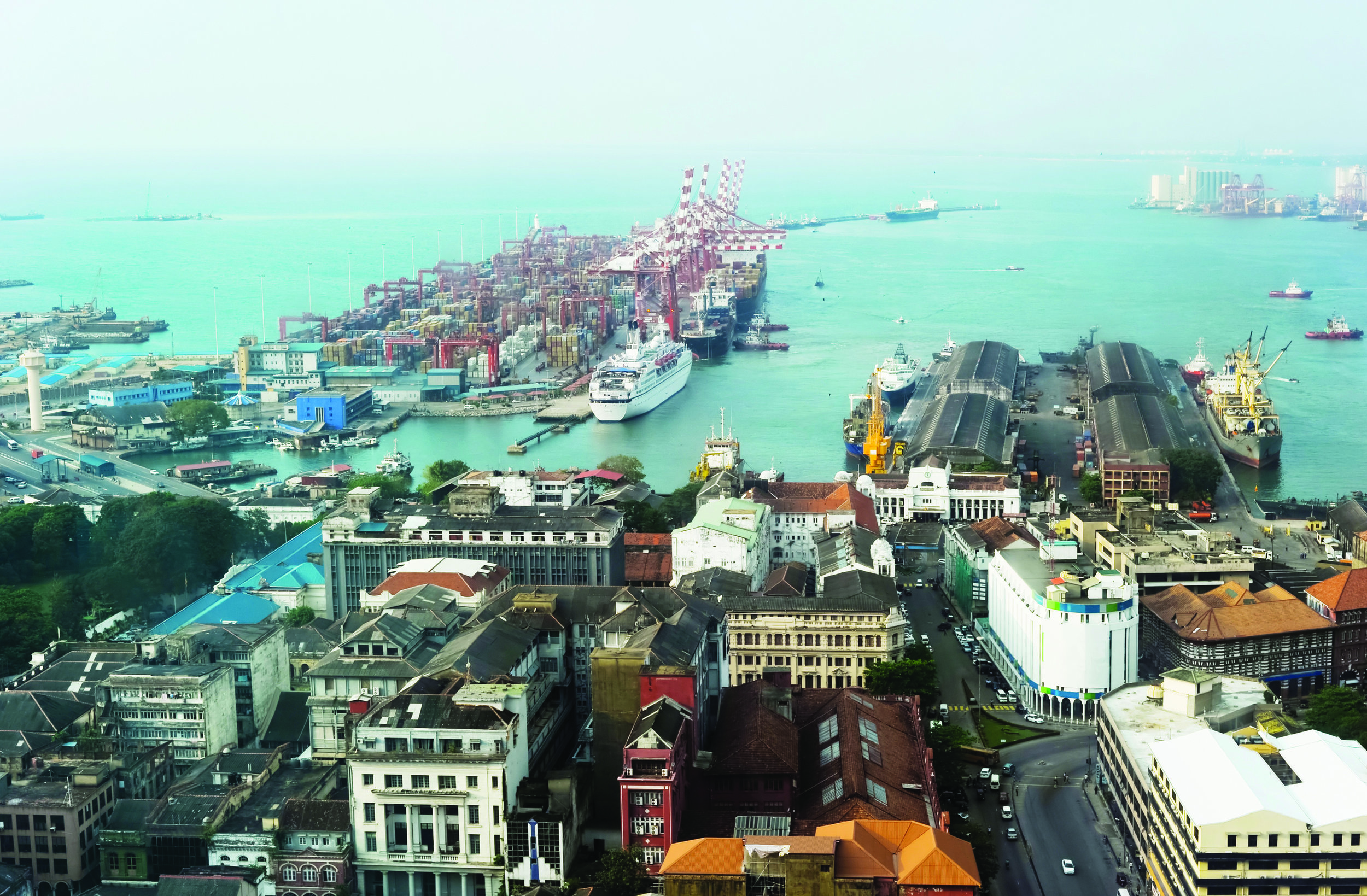Field Report: Malaysia
Malaysia is divided into the East and the West. East Malaysia, where I work, is known as The Borneo while West Malaysia goes by The Peninsular. Malaysia has a multiracial population of 32 million – most people are of Malay ethnicity, followed by Chinese and then Indian. Its climate is tropical in nature and we experience monsoon season twice per year.
East Malaysia is unique in many ways. It is even more ethnically diverse than West Malaysia. It also has a broader scope of illnesses which present to the emergency department, especially tropical illnesses. In Sabah state, for example, where I practice, we see cases such as diphtheria in young children who were not vaccinated due to poverty, complicated Malaria cases and Leptospirosis infection with multi-organ failure which is not commonly seen in West Malaysia. On top of that, we see high altitude illness, snake bites and diving related emergencies. “The bends” are also frequently seen here as we have the highest mountain in Malaysia and multiple attractive diving spots.
We are in one of the biggest states in Malaysia but that doesn’t necessarily provide an advantage for the people in terms of health care services. In view of its size, the coverage has to be extensive. There are not many senior doctors who are interested to work here and provide their care due to the geographical issues. We are left out, with junior doctors handling most of the critical and complicated cases. Even though the trainings are being conducted in a timely manner, the turnover of the health care staffs are inevitable. Similarly, due to the poverty and absence of legal documentation, many patients present to the hospital at the advanced stage of any diseases. For example, as I am working in Duchess of Kent Hospital located in Sandakan, which is the only tertiary hospital available in this district, we are covering an area as far as 200 kilometers away. Even though there are multiple small district clinics which are being placed along this area, they lack the necessary resources, especially equipments.
To overcome this problem, our Emergency and Trauma Department has some up an idea of integrating our pre hospital care services. Probably in advanced country this has been practiced for a long time but since emergency medicine is relatively new to us, this became a huge paradigm shift for the pre hospital care field. We started separating the pre-hospital care staffs and administration so that better training and exposure can be conducted accordingly. We used an old ambulance which is beyond economical repair at our training center so that the simulation can be done as close to reality as possible. On top of that, we are also planning to have our own mobile team to be placed in an area we termed as ‘hot spot’ so that the response time can be improved in the future. We also work closely with other agencies such as the Fire Department, the Police Department, the Red Crescent Society and others to ensure mutual understanding can be achieved especially in disaster setting by conducting drills and table top exercises.
We hope that we are able to expand ourselves and provide further services to the people of Sabah state in the future. Despite its young age, emergency medicine in Malaysia has become one of the rapidly growing fraternity as compared to other specialties. With appropriate support and training, I believe that this will improve the quality of care and services towards the people of Malaysia.








